The "Frankenstein variant" arrives, as the omicron and the delta strain merge
Omicron will definitely not be the latest version of the coronavirus, scientists warn.
Tuesday, 25.01.2022.
08:38
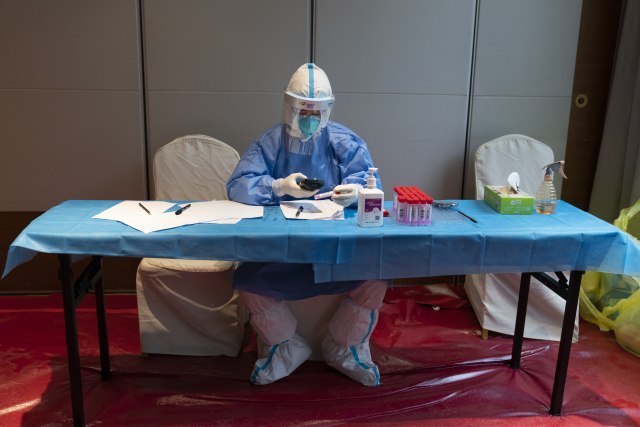
The "Frankenstein variant" arrives, as the omicron and the delta strain merge
Get ready to learn more Greek letters - scientists have warned that the dizzying progress of the omicron strain practically ensures that it will not be the last version of the coronavirus that will worry the world.Each infection gives the virus a chance to mutate and omicron has an advantage over its predecessors - it spreads far faster despite appearing at a time when global immunity from vaccines and previous diseases has strengthened.
That means more people for the virus to continue to evolve.
Experts do not know what the next strain might look like or how it could shape a pandemic, but they point out that there is no guarantee that omicron heirs will cause a milder disease or that existing vaccines will be effective against them. They are therefore urging wider vaccination, while today's vaccines still work. "The faster the omicron spreads, the more opportunities there are for mutation, which can potentially lead to more variants," Leonardo Martinez, an epidemiologist at Boston University, told the AP.
Since it appeared in mid-November, Omicron has ravaged the globe like wildfire through dry grass. Research shows that the variant is at least twice as contagious as the delta and at least four times more contagious than the original version of the virus.
Omicron is more likely than delta to re-infect individuals who have previously had recovered from COVID-19 infection and cause a "breakthrough infection" in vaccinated people, while also attacking unvaccinated people. The World Health Organization reported a record 15 million new cases of the infection in a week from January 3-9, an increase of 55 percent over the previous week.
The ease with which the new strain spreads increases the chances that the virus will infect and stay in people with weakened immunity, giving itself more time to develop potent mutations.
"Longer, persistent infections appear to be the breeding ground for new strains. Only when you have a widespread infection will you be able to make it happen," said Dr Stuart Campbell Ray, an expert on infectious diseases at Johns Hopkins University. Due to causing milder symptoms compared to the delta, omicron has raised hopes that this means the beginning of a trend when the virus will become like the common cold. That is a possibility, as experts point out, since viruses do not spread well if they kill their host quickly. But viruses do not always become less deadly over time.
The strain could also achieve its main goal - replication - if the infected initially develop milder symptoms, spread the virus in interaction with others and then become seriously ill.
"People are wondering if the virus will evolve into a milder form. But there is no particular reason to do so. I don't think we can be sure that the virus will become less deadly over time," Dr Ray said.
Gradual improvement in immune bypass helps the virus to survive for longer periods. When SARS-CoV-2 first appeared, no one was immune. But infections and vaccines have brought at least some immunity to most of the world, so the virus must adapt. There are several possible paths for its evolution. Animals could potentially incubate and release new strains. Pets, deer and martens from kennels are just some of the animals vulnerable to the coronavirus, which can potentially mutate in them and jump back to humans.
Another potential way is that with omicron and delta in the circulation, people can get double infections that could lead to, as Dr Ray said, "Frankenvariants" (Frankenstein + variant), hybrids with characteristics of both strains.
When new variants are developed, it is difficult to say what they might be. For example, omicron has many more mutations than previous strains, about 30 in the spiky protein that binds to human cells. But the so-called IHU variant identified in France has 46 mutations and does not seem to have spread much.
Scientists are constantly pointing to public health measures, such as masks and vaccines, to curb the emergence of new strains. Although omicron is better at evading the immune system than delta, vaccines still offer protection and boosters greatly reduce the likelihood of serious illness, hospitalization, and death.
Dr Ray said that vaccines are like armor for humanity, which greatly prevents the spread of the virus, although it does not stop it completely. For a virus that spreads exponentially, he said, anything that curbs its transmission can have a big effect. Also, when vaccinated people get sick, their symptoms are usually milder and the infection passes faster, which leaves less time to create more dangerous variants.
Experts believe that the virus will not become endemic like the flu as long as global vaccination rates are low. WHO Director-General Tedros Adhanom Ghebreyesus said that the protection of people from future strains - including those that might be completely resistant to today's treatments - depends on ending global inequalities regarding vaccines.
Tedros would like at least 70 percent of every nation to be vaccinated by the middle of this year. Currently, there are dozens of countries where less than a quarter of the population has been fully vaccinated, according to Johns Hopkins University. Meanwhile, the emergence of new strains is inevitable, as pointed out by the director of the Institute of Molecular Virology at the University of Minnesota, Louis Mansky.
"With so many unvaccinated people, the virus still has a kind of control over what is happening," he concluded.



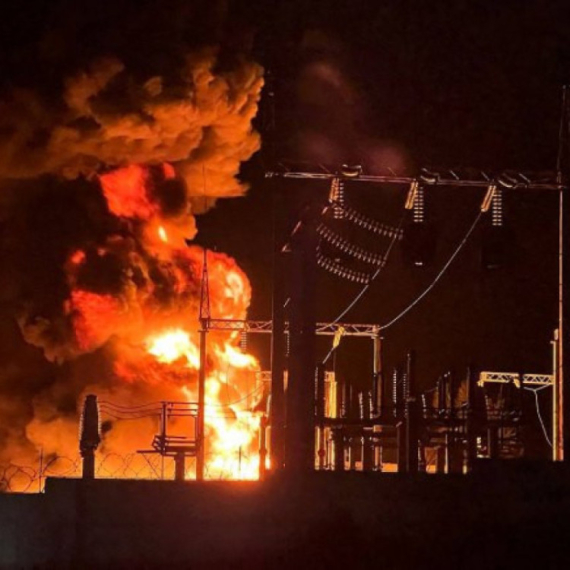








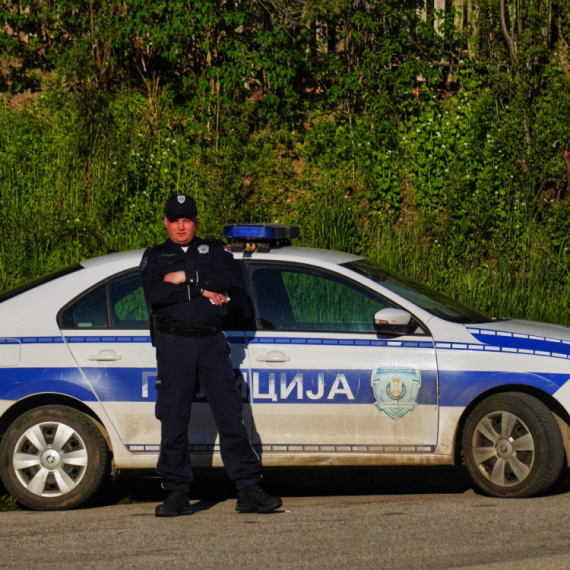



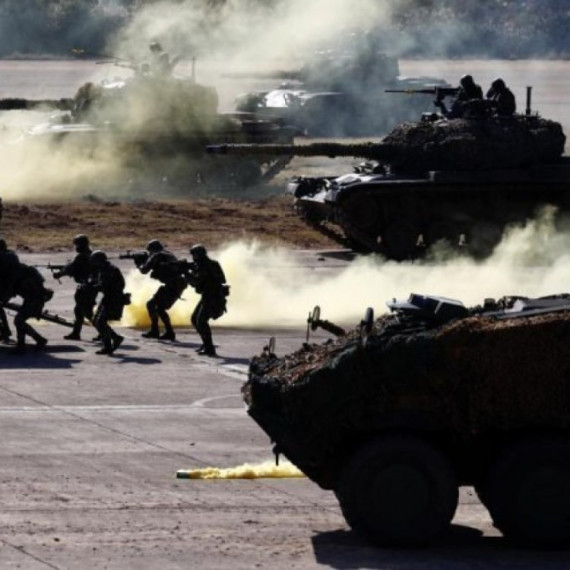


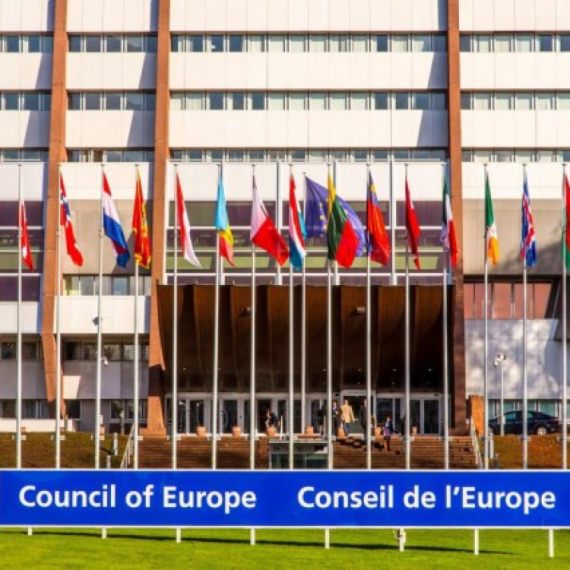














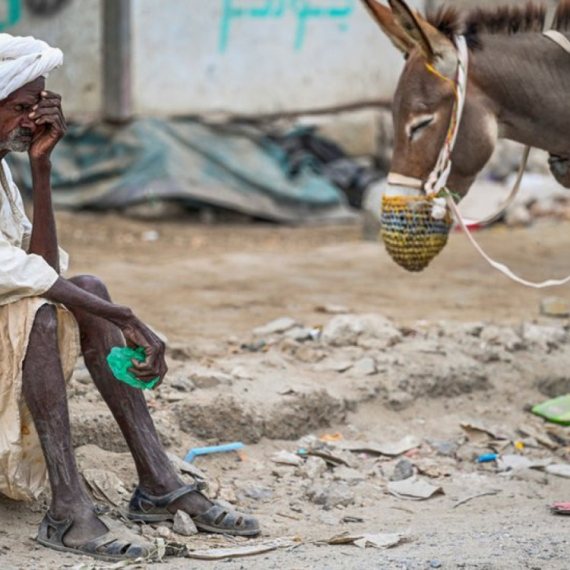

Komentari 1
Pogledaj komentare